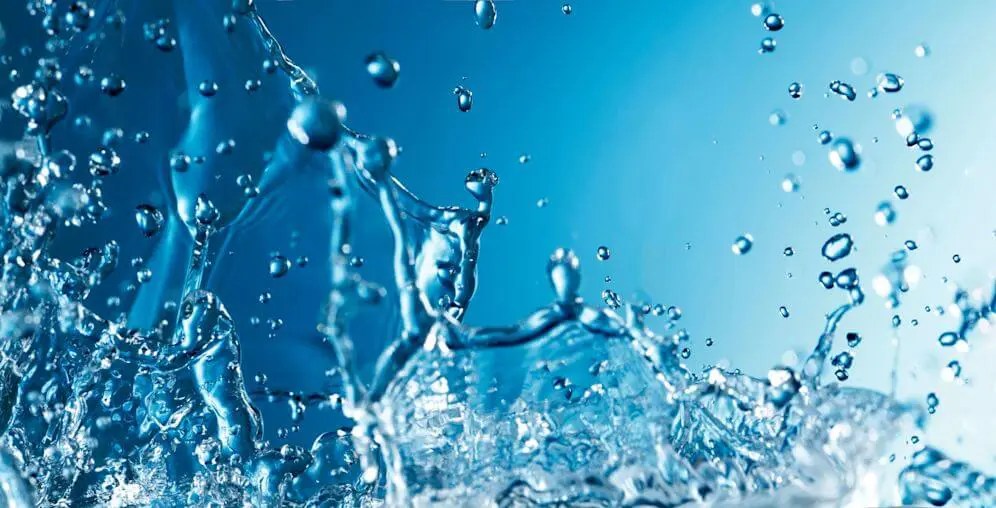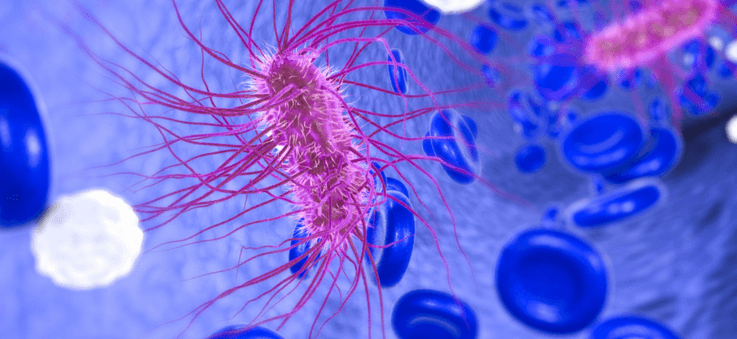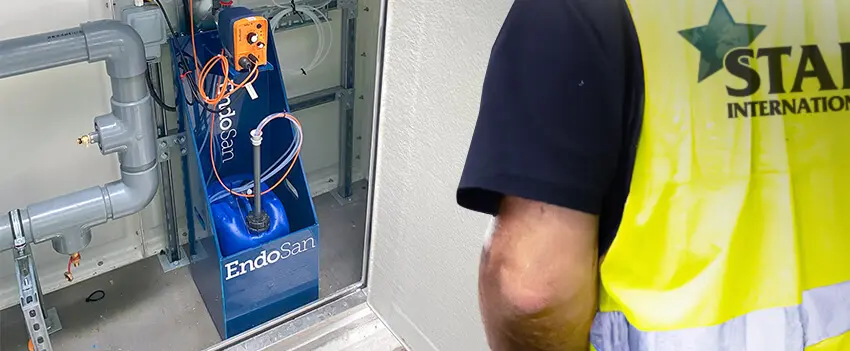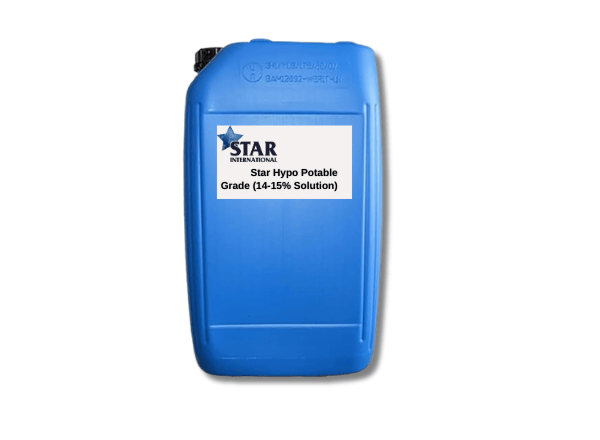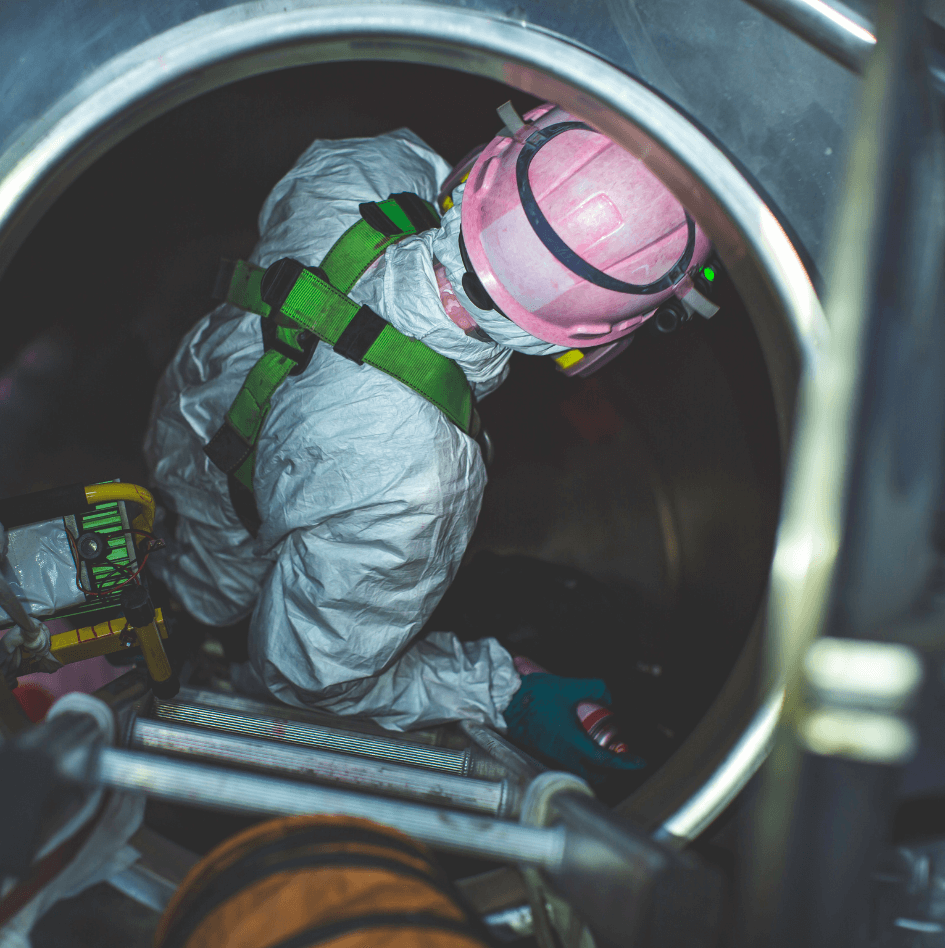Maintaining impeccable water hygiene on board vessels is paramount to safeguarding the health of both passengers and crew. Neglecting this critical aspect can lead to severe health risks, including outbreaks of diseases such as Legionnaires’ disease, E. coli infections, MRSA, and norovirus.
These incidents not only jeopardise individual well-being but can also damage a vessel’s reputation and result in significant operational disruptions.
Dirty water. Serious consequences
Recent incidents highlight the pressing nature of water hygiene in maritime environments. Over 50 incidents of Legionnaires’ disease, involving more than 200 cases, have been associated with ships in the past three decades. In one incident, 50 seafarers were infected, resulting in one death.
Between November 2022 and June 2024, two cruise ships reported Legionnaires’ disease outbreaks, with 12 passengers affected. The source was traced to outdoor hot tubs on private cabin balconies.
More recently, in November 2024, the Coral Princess experienced a norovirus outbreak during a Singapore to Los Angeles voyage, affecting 70 individuals and demonstrating how rapidly water-borne pathogens can spread in maritime settings.
These are the four primary health risks that maritime operators must vigilantly guard against:
Legionnaires’ disease
Caused by the bacterium Legionella pneumophila, this severe form of pneumonia thrives in freshwater environments, particularly in man-made water systems like those found on ships. Inadequate maintenance of water systems can lead to the proliferation of these bacteria, posing a significant health risk.
E.coli infections
Escherichia coli bacteria are commonly found in the intestines of humans and animals. Certain strains can cause severe gastrointestinal illness if ingested through contaminated water or food. On vessels, improper sewage handling or contaminated potable water supplies can facilitate the spread of E. coli.
MRSA
Methicillin-Resistant Staphylococcus aureus is an antibiotic-resistant bacterium can cause various infections, from skin conditions to more severe diseases. While MRSA is often associated with direct contact transmission, contaminated water sources can also play a role in its spread, especially in communal areas like pools or spas.
Norovirus
Highly contagious, norovirus leads to acute gastroenteritis, causing symptoms like vomiting and diarrhoea. It can spread rapidly in confined environments such as ships, particularly through contaminated water or surfaces.
